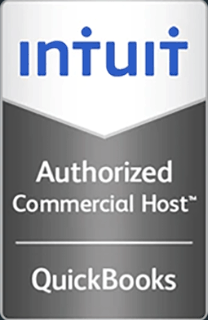Introducing RDP 7.0
Businesses today are gravitating towards virtualization and remote access to company assets. As employees travel across the globe to meet clients, attend shows or conferences, or confer with their colleagues, it is important that they have secure access to essential data from any location. Microsoft-developed Remote Desktop Services (RDS), formerly known as Terminal Services, allow employees to establish a remote desktop connection to their company’s servers and access applications, data, and other resources from any web-connected computer. This remote desktop connection allows employees to run applications on the remote server, open important files from a remote location, and display any needed presentation materials. An important component of RDS that facilitates this connection is the Remote Desktop Protocol (RDP).
What is RDP?
The Remote Desktop Protocol (RDP) is a protocol developed by Microsoft to manage the input and output between a client and a server. When an employee makes a remote connection to the server, the RDP receives the user’s input (i.e., mouse clicks and key strokes) and returns the output from the server (i.e., opened files and typed words) to the user’s computer. The computer must have the RDP client or the ActiveX control installed before the user can make the remote connection through the RDS.
RDP Architecture
RDP is based on the Telecommunication Standardization Sector (ITU-T) T.120 set of protocols. It can be hosted on the remote server, can support multiple network topologies and LAN protocols, and transfers data through multiple, separate channels – up to 64,000. RDP processes its output using its own virtual video driver on the server and transmits that data to the client. It also processes the input from the client using its own virtual keyboard and mouse drivers.
The latest version, RDP 7.0, is bundled with Windows Server 2008, Release 2, and Windows 7, but it is also backwards compatible with Windows XP, Service Pack 3, and Windows Vista. In addition to Windows, other operating systems, such as Linux, Unix, and Mac, have clients that utilize this protocol.
RDP Features
Utilizing the Remote Desktop Protocol provides users with the following features:
• Encryption – uses RC4 cipher that is designed to protect data transmitted over a network.
• Bandwidth reduction – implements various methods to reduce the amount of data that is sent across the network. Some of these methods include data compression, persistent bitmap caching, and caching of glyphs and fragments in RAM.
• Clipboard support – allows users to copy and paste text between the client and the server and between different sessions.
• Print support – allows users to print documents running in their remote session to a local printer.
• Shared control – allows multiple users to view and control a remote desktop session. This feature is especially useful when collaborating with a colleague or when troubleshooting a problem with the Help Desk.
• Authentication – provides users with the ability to authenticate with a smart card.
• Sound redirection – broadcasts sounds from the remote desktop to the client desktop.
• Session disconnect – allows users to disconnect from a remote desktop session without logging off and allows them to reconnect to their disconnected session. This feature is useful when a user’s session is unexpectedly disconnected by a network or client problem.
In addition to these features, user with computers running Windows 7 Enterprise or Ultimate edition can take advantage of these extra benefits:
• Aero glass support.
• Redirection of Windows Media Player.
• Multiple monitor support.
Learn More
Infinitely Virtual provides Virtual Terminal Server (VTS) products that leverage the features and benefits of RDP 7.0. To learn more about taking advantage of these products in your company, contact Infinitely Virtual by phone at (866) 257-8455 or visit www.InfinitelyVirtual.com.





